“Women are not small men.”
It’s a phrase Dr. Stacy Sims has become known for — one that has resonated with thousands of women who’ve spent years trying to make sense of why their workouts, diets, and recovery routines just don’t seem to “work” the same way they used to.
Especially as they hit their 30s, 40s, and beyond.
Sims, an exercise physiologist and author of ROAR and Next Level, has become a go-to voice for women who feel like their needs have been ignored by the mainstream health and fitness world. She’s been featured on top podcasts like The Mel Robbins Podcast and Huberman Lab, where her message is clear: most health research is based on male physiology — and that leaves women underserved and overlooked.
One soundbite, in particular, stopped a lot of women in their tracks
“I prefer heat for women,” Dr. Sims said. “Everyone is a responder to heat. You get better adaptations.”
So… what does that mean for cold therapy?
If you’ve been told that cold plunging is a cure-all — boosting metabolism, building resilience, lowering inflammation — her comment might feel like a curveball. Is it actually bad for women? Is it just another wellness trend that wasn’t designed with your biology in mind?
Here’s the thing: the advice is all over the place. And when you’re trying to feel better, that’s frustrating.
But cold water therapy doesn’t have to be off the table. When used intentionally and in the right context, it can be a powerful tool for women. From reducing anxiety to easing perimenopausal symptoms, the benefits of cold plunging are starting to show up in the research and reflect what many women have felt firsthand.
Cold water therapy and stress
Let’s start with the basics: Cold water is a stressor. When you expose your body to chilly temperatures, your sympathetic nervous system (the one responsible for your “fight or flight” response) kicks in. Your heart rate increases. Your blood vessels constrict. Your breath gets shallow.
But that stress can actually be beneficial. These are called hormetic stressors: short-term, controlled stressors that ultimately make your body more resilient. Cold water exposure, much like sauna use or high-intensity exercise, can help build that resilience, regulate inflammation, and even support mood and energy levels.
“With women’s bodies, we need to support homeostasis, not fight it,” explains Dr. Jaime Seeman, a board-certified OB-GYN with a focus on women’s metabolic health. “Hormetic stressors like cold or hot therapy help homeostasis but more is not always better, especially for women.”
So while plunging into freezing water might sound hardcore, it’s not about pushing harder or longer. Women often need a more nuanced approach. As Seeman and Sims both point out, female physiology responds differently to cold stress.
Why colder isn't always better for women
Many cold tub protocols encourage you to go as cold as possible — think 35-45 degrees Fahrenheit. But for women, that intensity can be too much.
“The thing with cold water exposure,” Dr. Sims says, “is it’s too cold for women. When we’re looking at the severe immediate jump in that icy cold, it causes such severe constriction and shutdown.”
“Women do well and get that whole dopamine response and everything if the water is around 16 degrees Celsius,” she explains. “Which is about 55-56 degrees Fahrenheit.”
That’s still plenty cold. But it’s a temperature that supports homeostasis, not one that shocks the system.
And there are biological reasons women respond differently.
Dr. Seeman points out that compared to men, women tend to have:
-
More subcutaneous fat and less visceral fat
-
Less muscle mass
-
Higher levels of leptin (which drops during cold exposure)
-
A greater tendency toward non-shivering thermogenesis
-
A more intense feeling of cold at warmer temperatures, and their hormonal fluctuations — across the menstrual cycle, during perimenopause, or with thyroid shifts — can amplify the body’s response to cold
In other words, the same protocol that works for a 28-year-old male triathlete might not work or feel good for a 42-year-old woman in perimenopause.
Benefits of cold plunging for women
When practiced in a way that works with your body, cold water therapy can offer several meaningful benefits:
Improved mood and mental clarity: Cold plunging boosts norepinephrine and dopamine, two feel-good neurotransmitters that help improve focus and elevate mood.
Reduced anxiety: Cold exposure can help regulate the nervous system and lower overall feelings of stress and overwhelm.
Relief from perimenopausal symptoms: Some women report feeling more balanced, energized, and less inflamed. Cold plunging may also support hormonal regulation by reducing chronic stress, which is closely tied to cortisol and estrogen balance. These are two key players in sleep, mood, and energy.
Resilience and grit: Regular cold exposure helps train your nervous system to stay calm under pressure, which can build emotional resilience and mental toughness.
Better sleep: Strategic cold exposure, particularly in the morning or early evening, can help regulate sleep-wake cycles.
And emerging research is starting to back this up.
A 2024 randomized controlled trial studied cold water immersion in women following exercise-induced muscle damage. For five days, participants submerged in 57-degree water for 15 minutes.
Women in the cold plunge group reported lower levels of muscle soreness than those in the control group. Researchers also found that there were lower markers for inflammation after conducting blood tests.
What to keep in mind
If you’re cold-curious but feeling unsure, know this: you’re not alone. Most of the wellness content out there hasn’t been designed for women. But that’s changing, especially as more experts, like Drs. Sims and Seeman, advocate for protocols that account for female physiology.
Dr. Seeman, for example, uses a Chilly GOAT Cold Tub, which allows her to keep water at a consistent, safe temperature. This at-home cold plunge tub is perfect for women looking to get the benefits of cold without overdoing it.
Still, both experts emphasize that cold plunging isn’t a silver bullet.
“You really have to dial in diet, exercise, and stress mitigation before you get into a cold tub and think it’s going to solve all of your problems,” says Seeman.
If you’re new to cold therapy, start slow:
Start warmer: That 55 to 60 degrees range is a great entry point for women.
Keep it short: One to two minutes is a solid start, especially in the beginning.
Tune in to your body: Hormone fluctuations, poor sleep, and high stress can all change how your body responds to cold.
Be consistent: Regular, gentle exposure tends to work better than occasional extreme plunges.
Ready to see how cold therapy can work with your body? Explore Chilly GOAT Cold Tubs and find the temperature, timing, and routine that actually supports your goals.

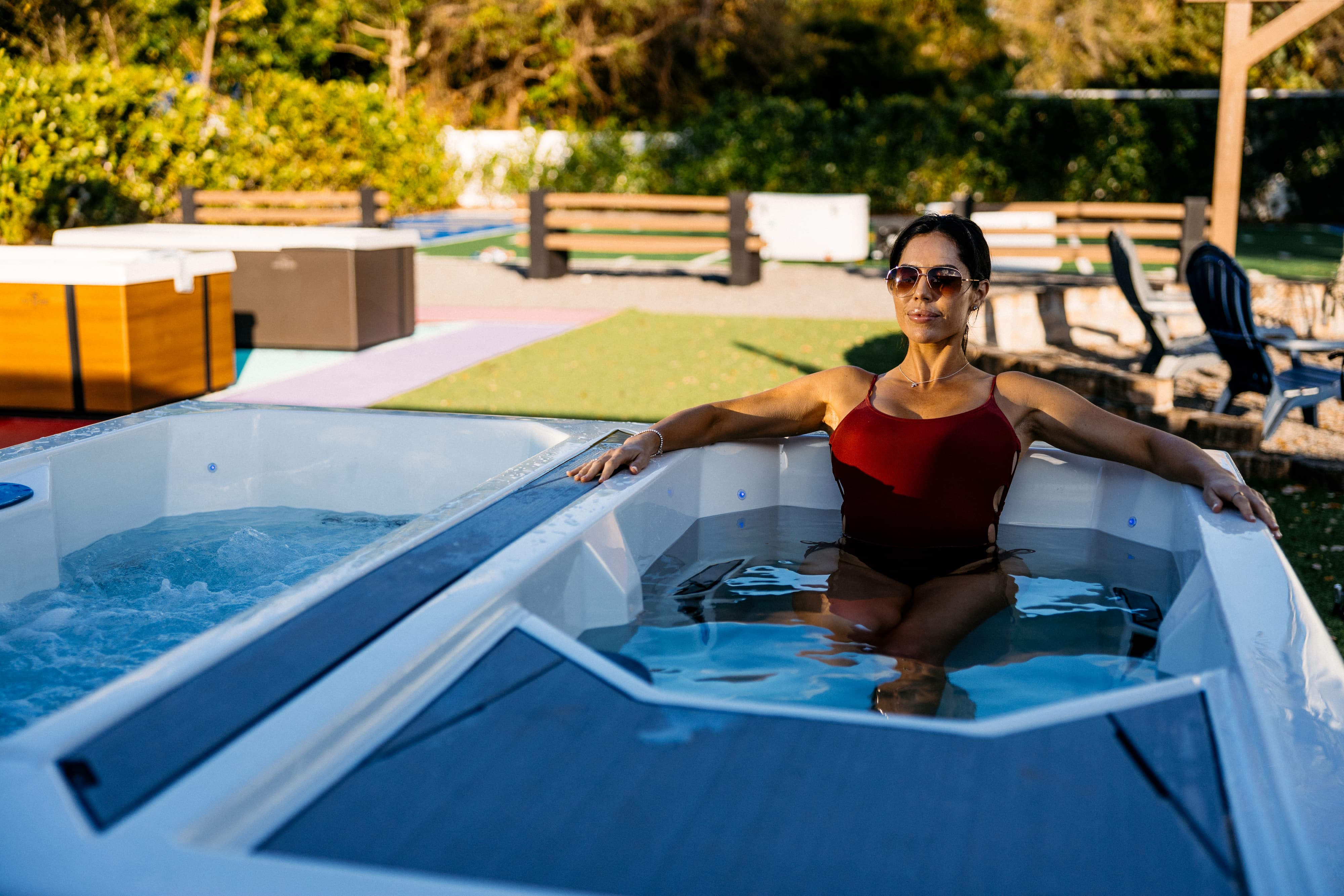
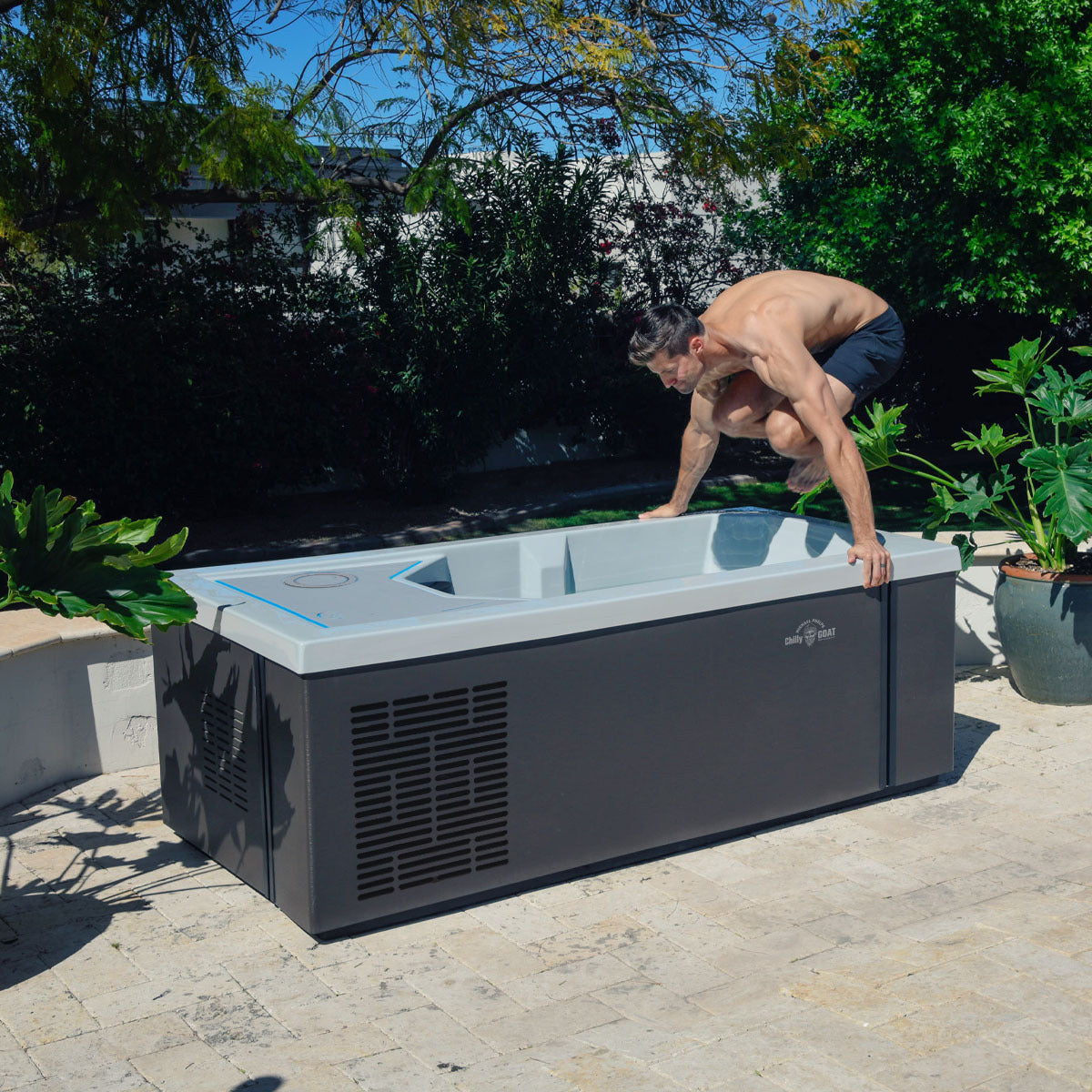
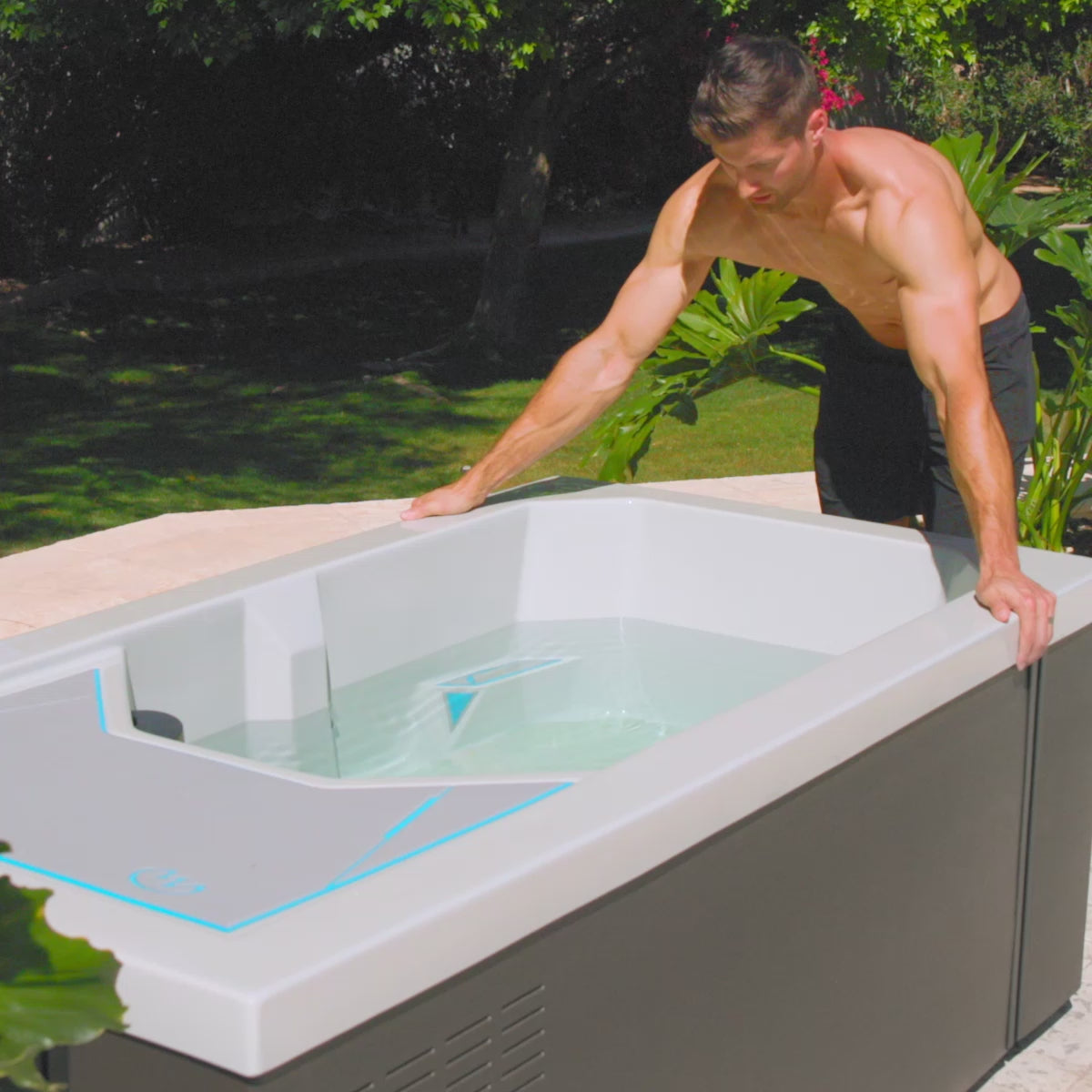
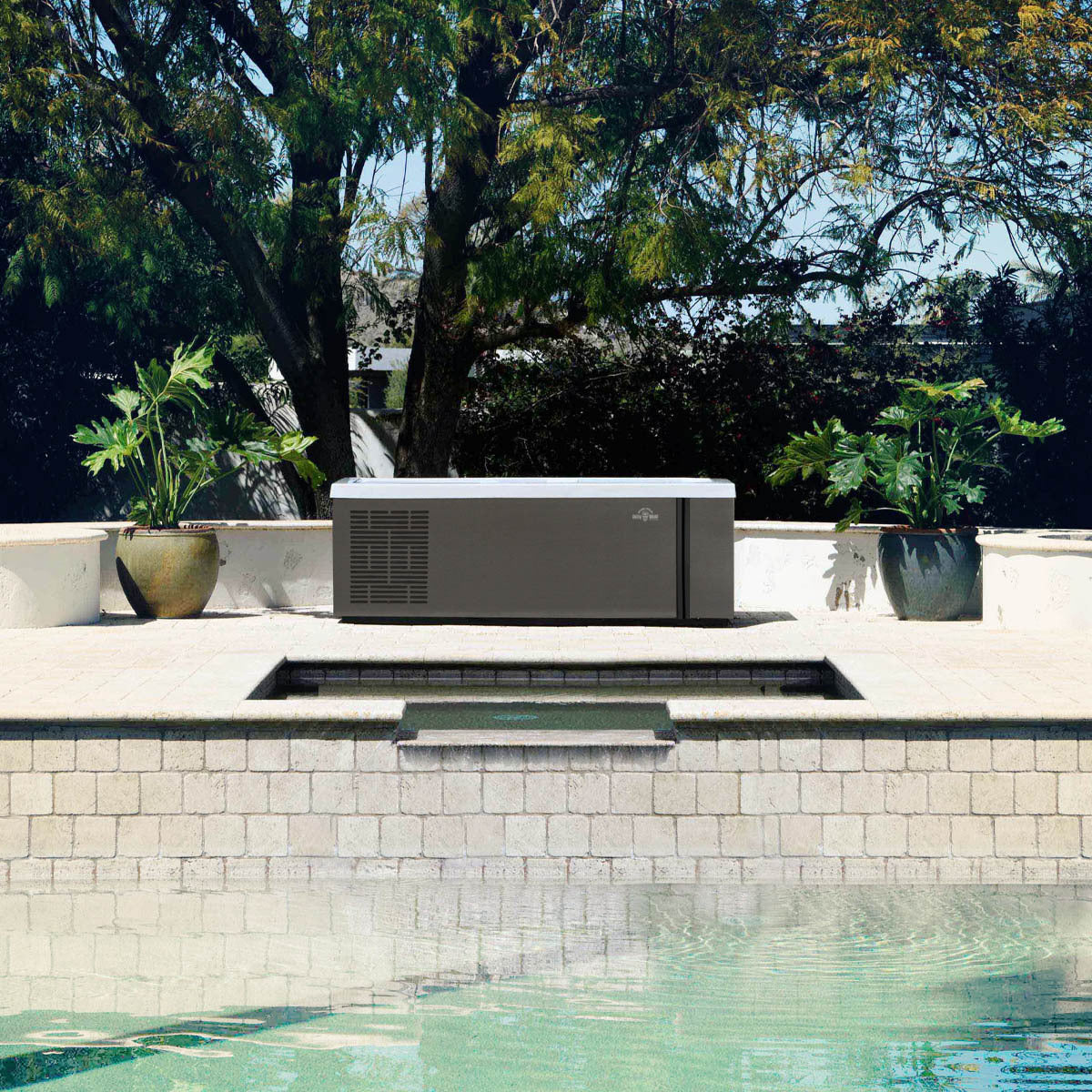
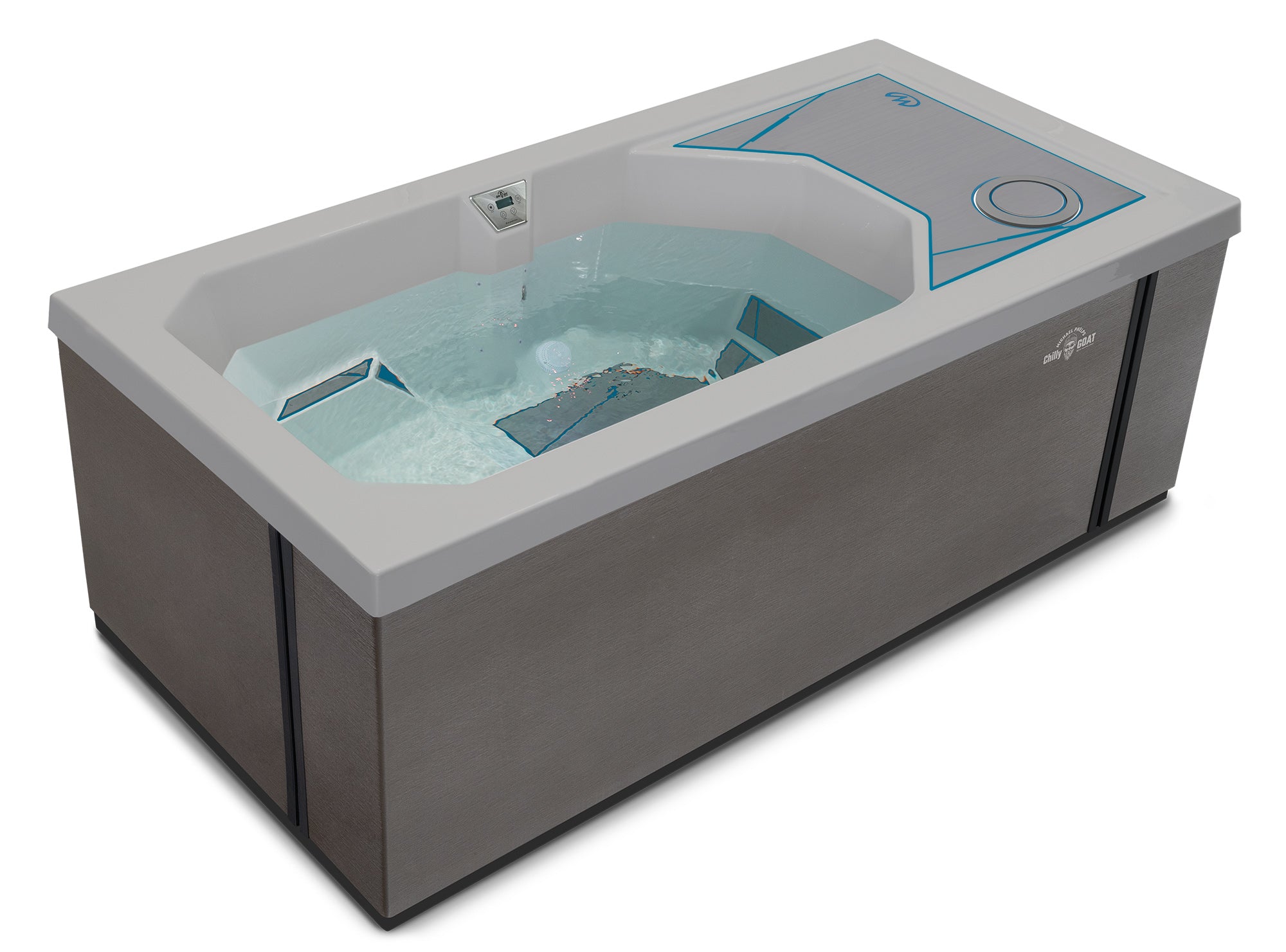
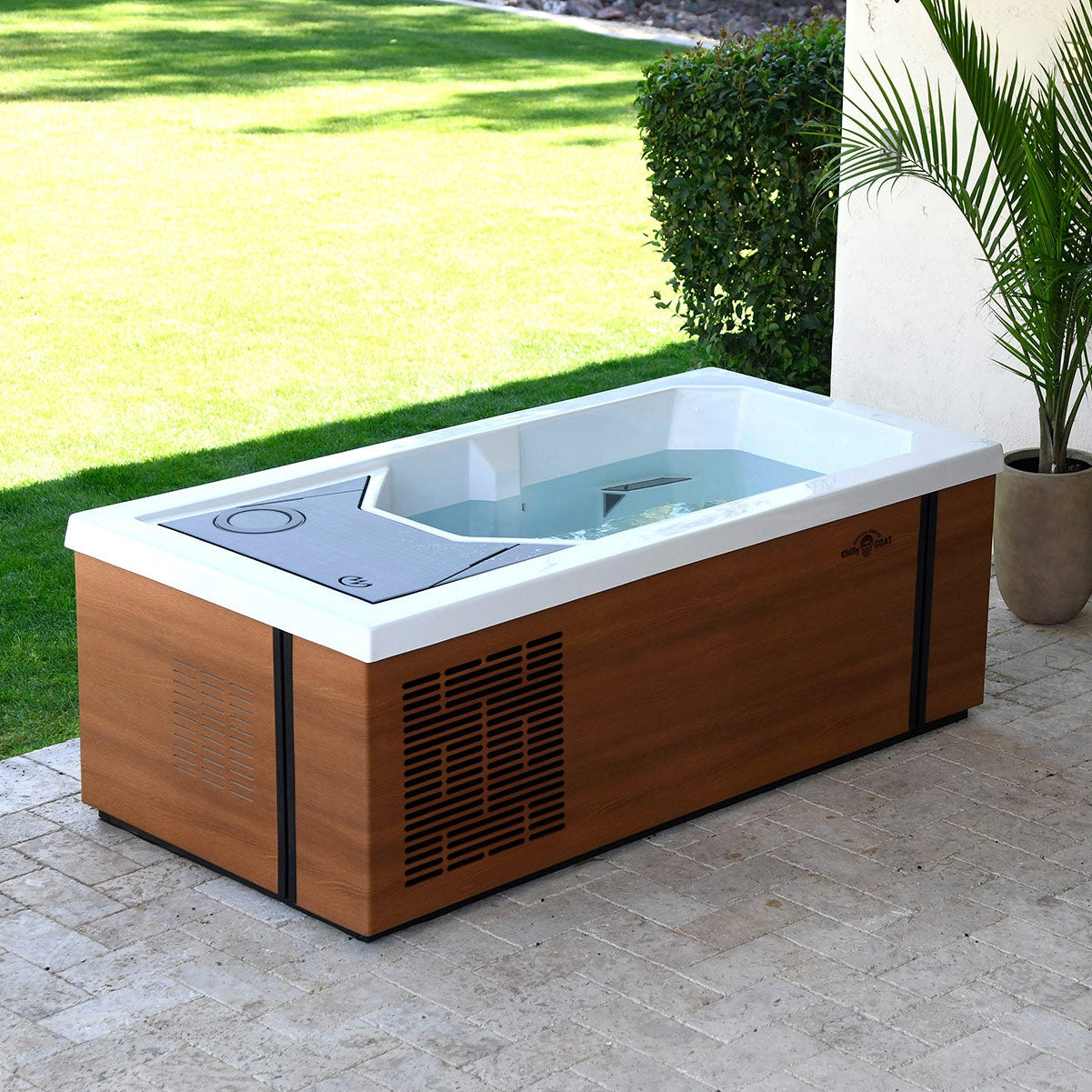
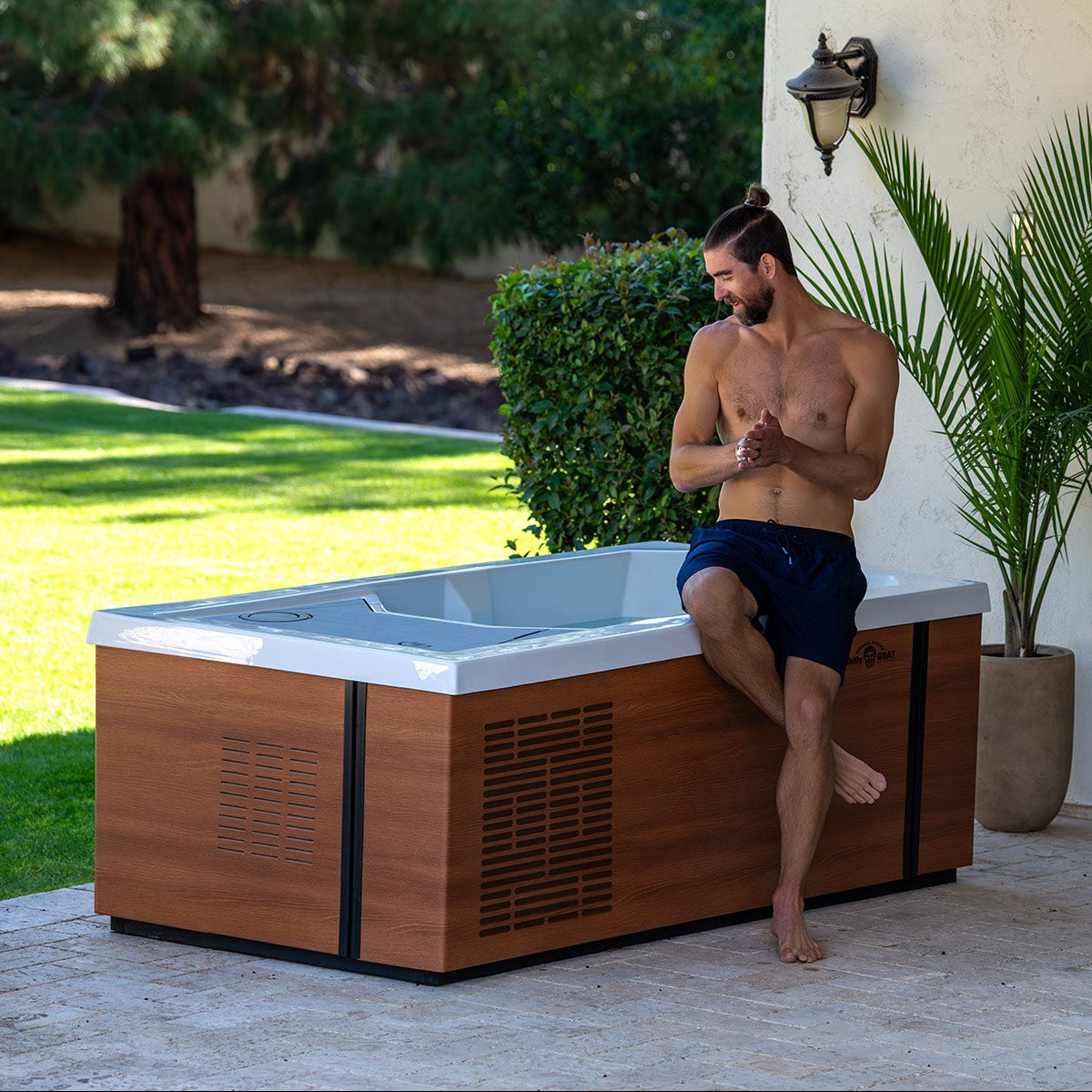
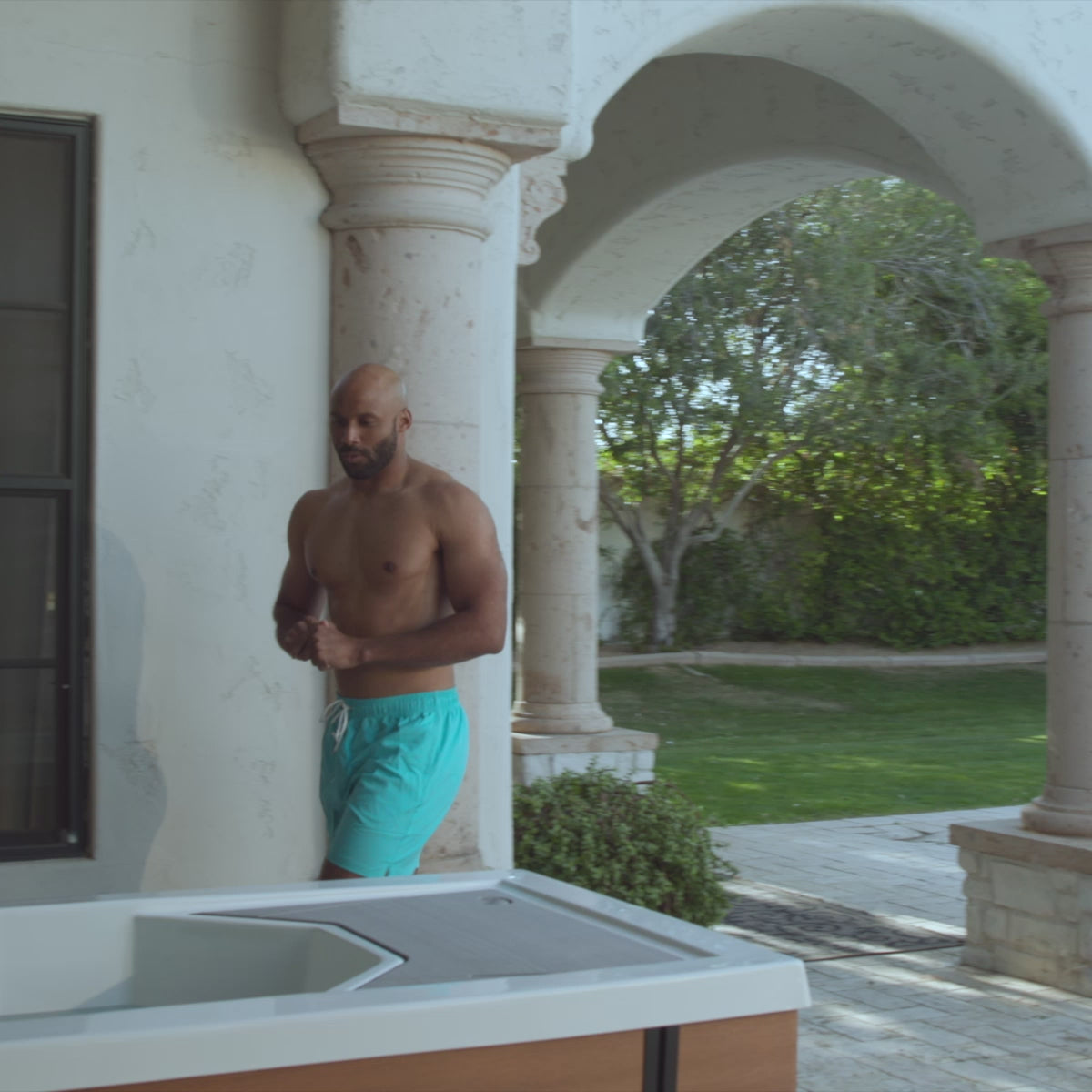
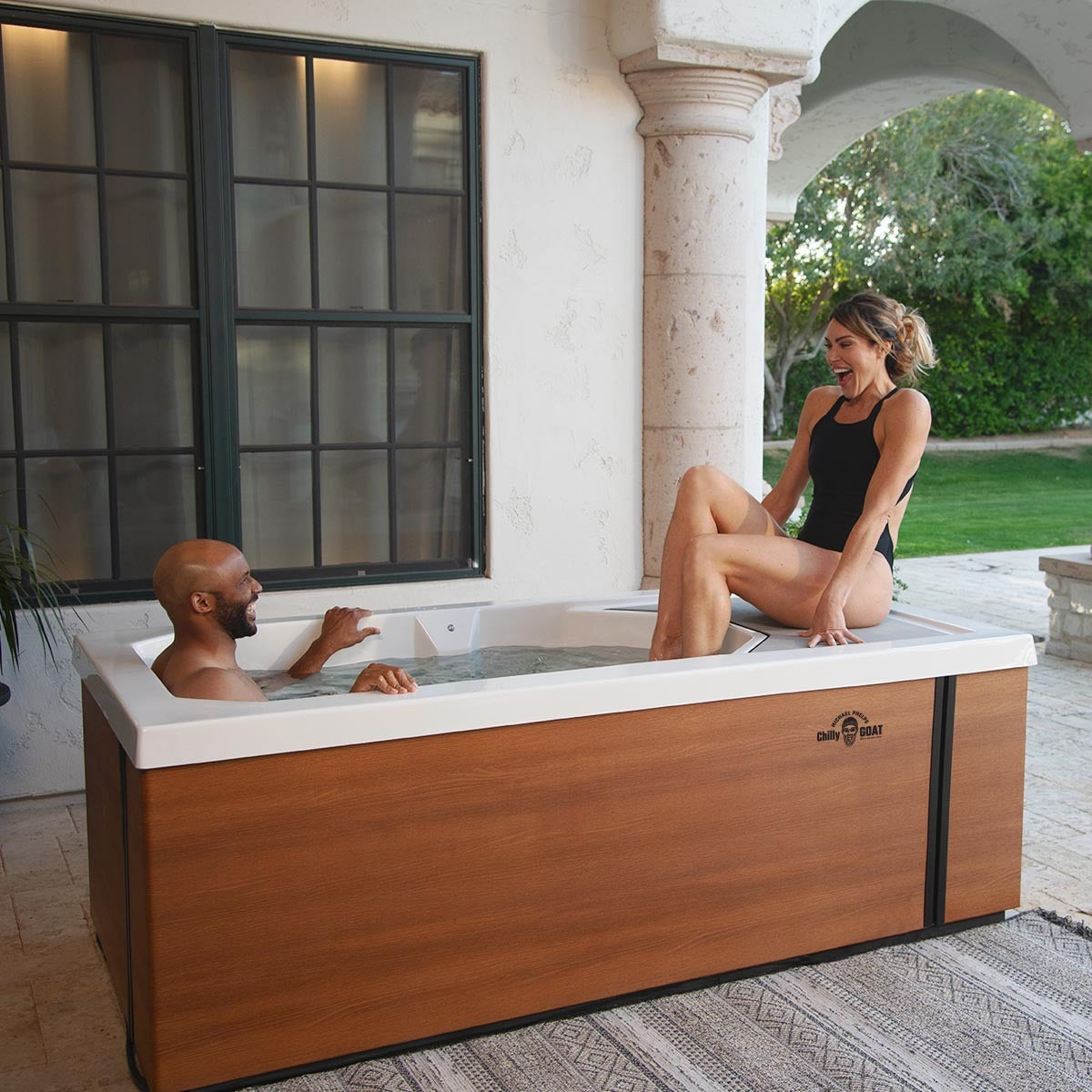
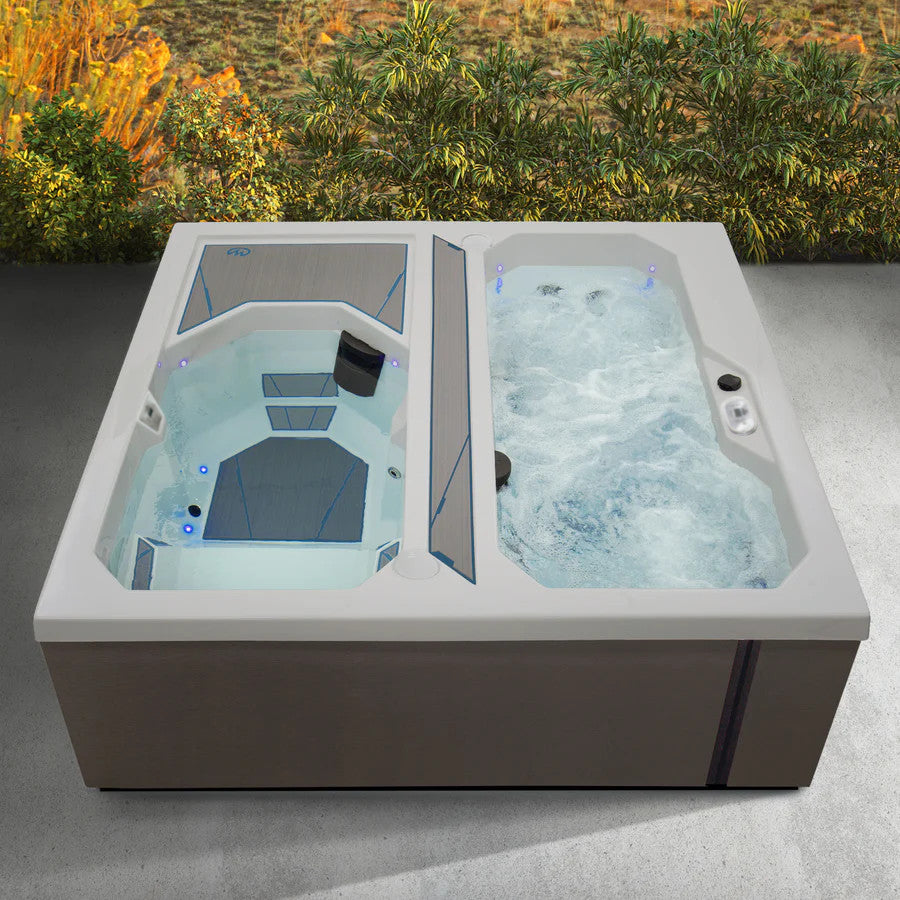
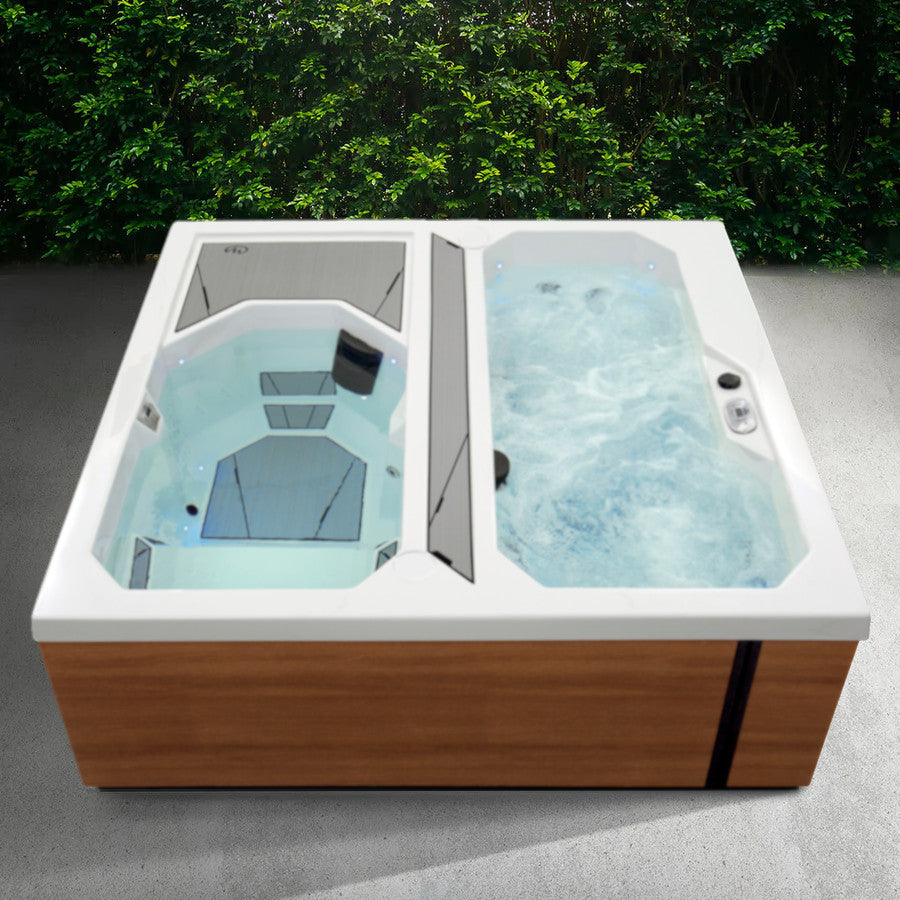
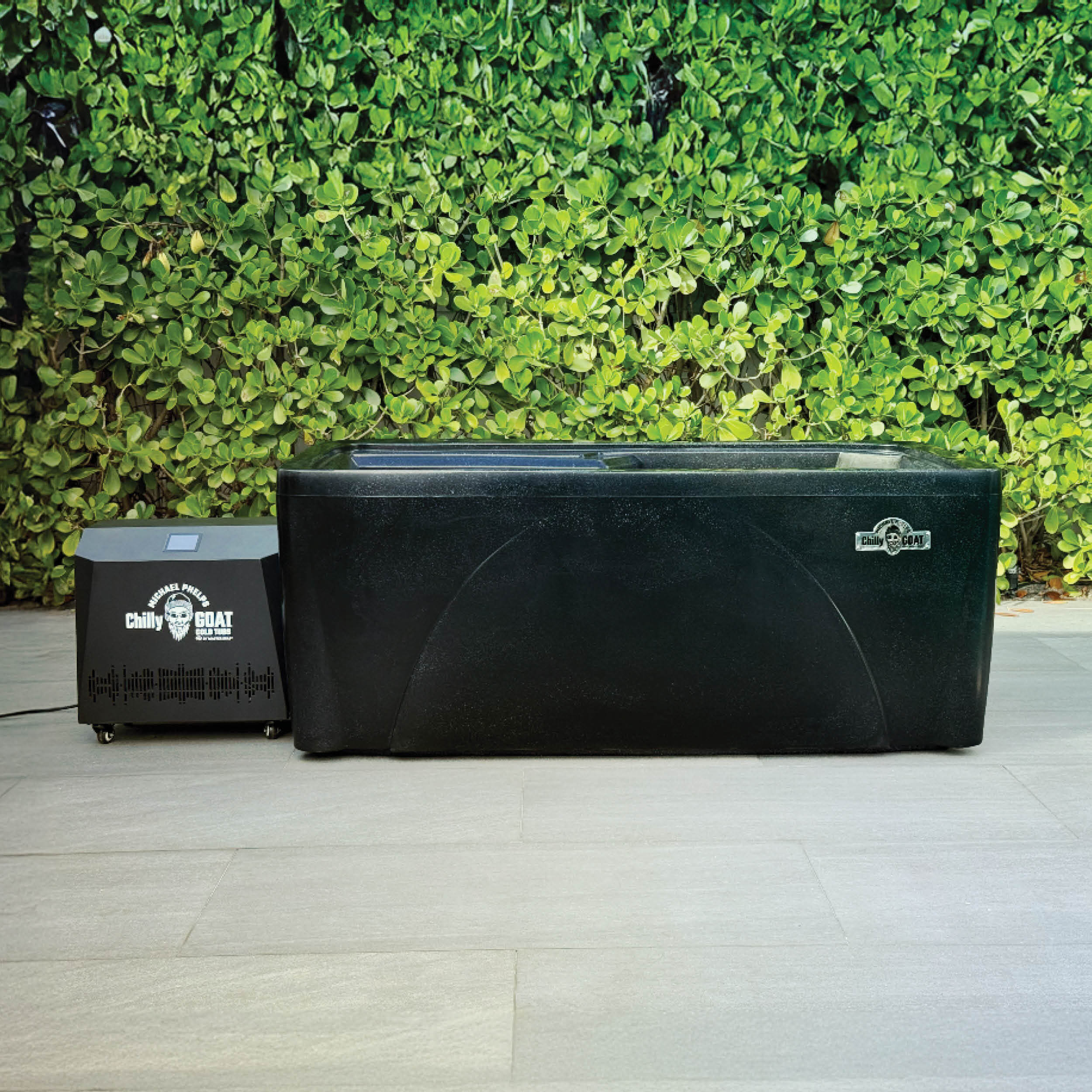
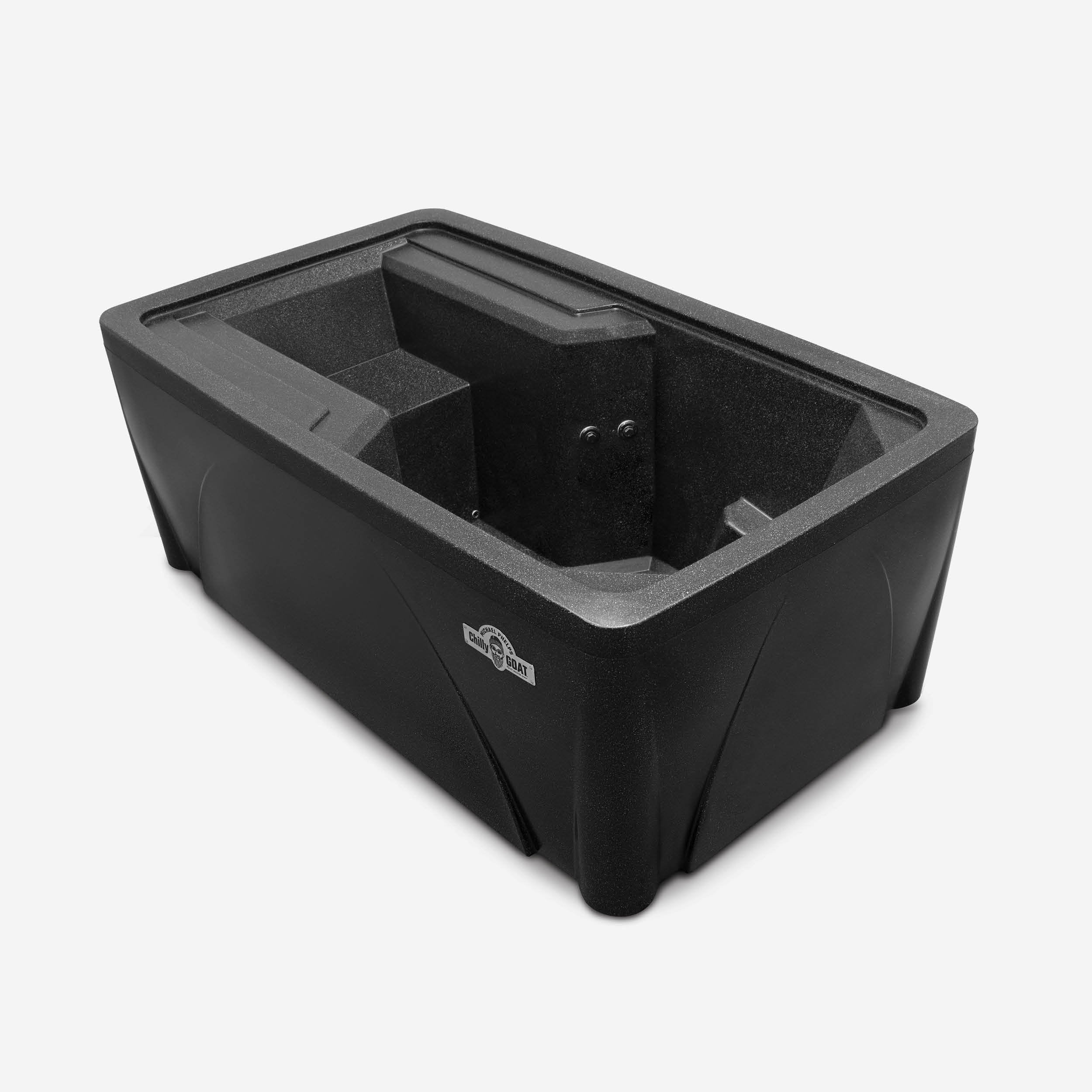
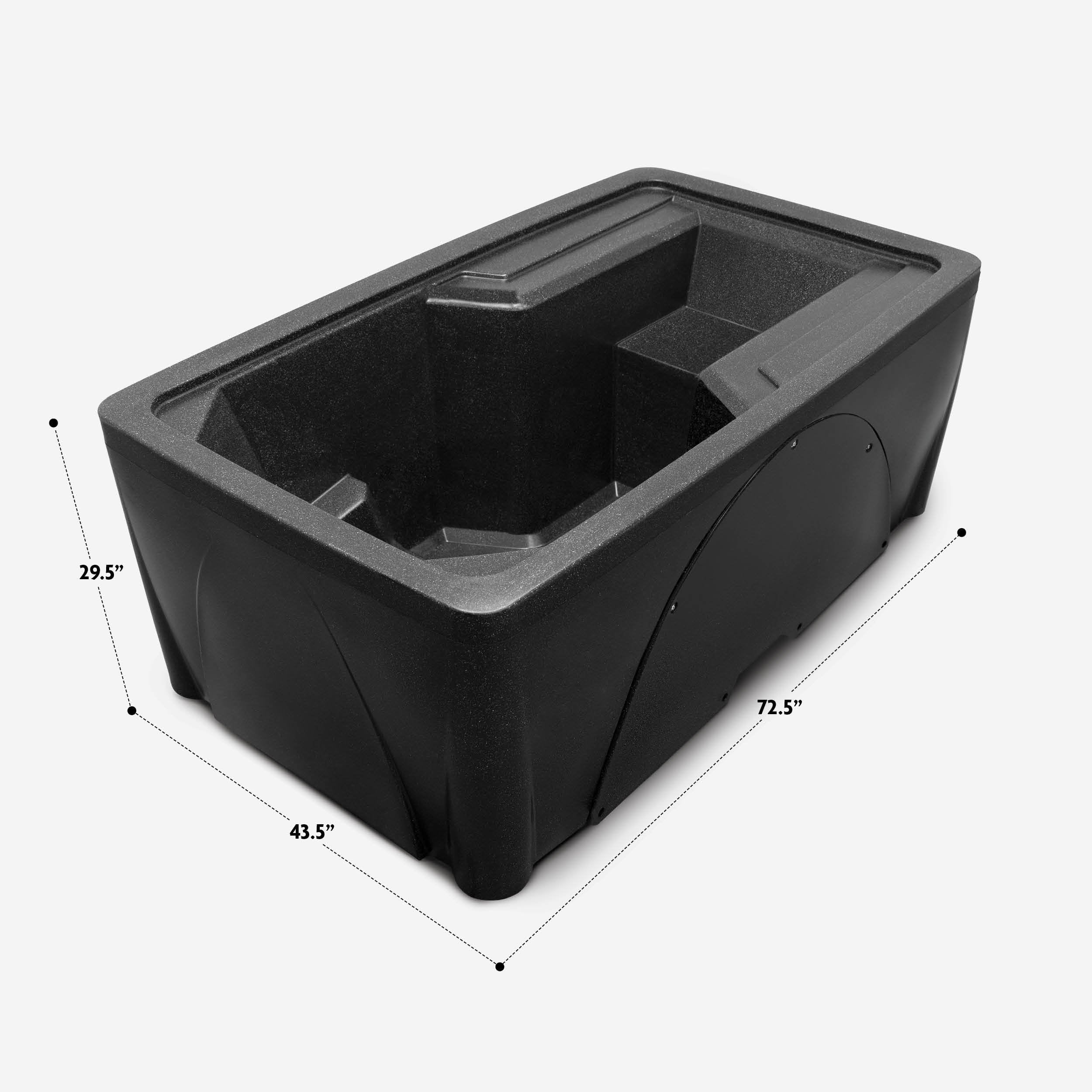
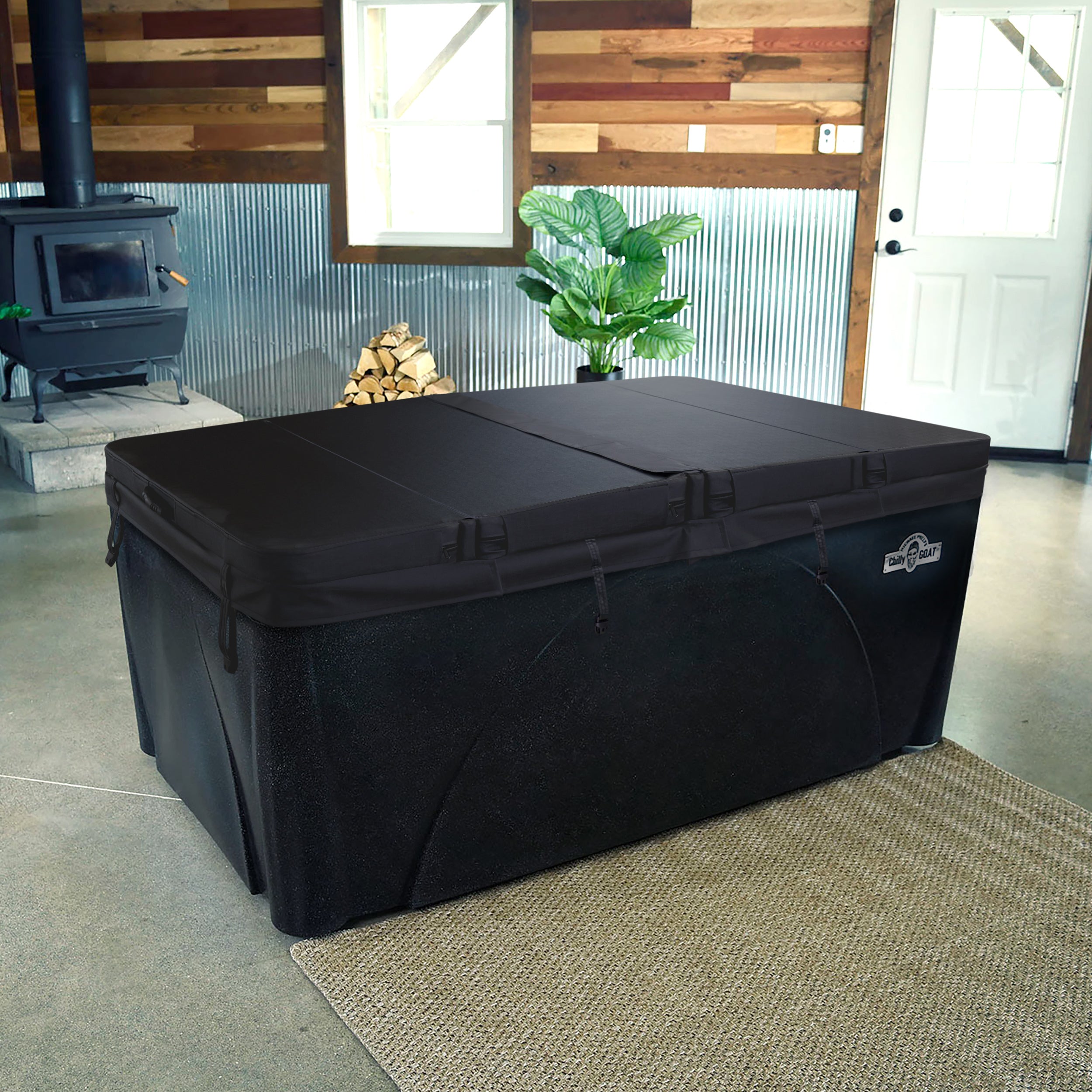
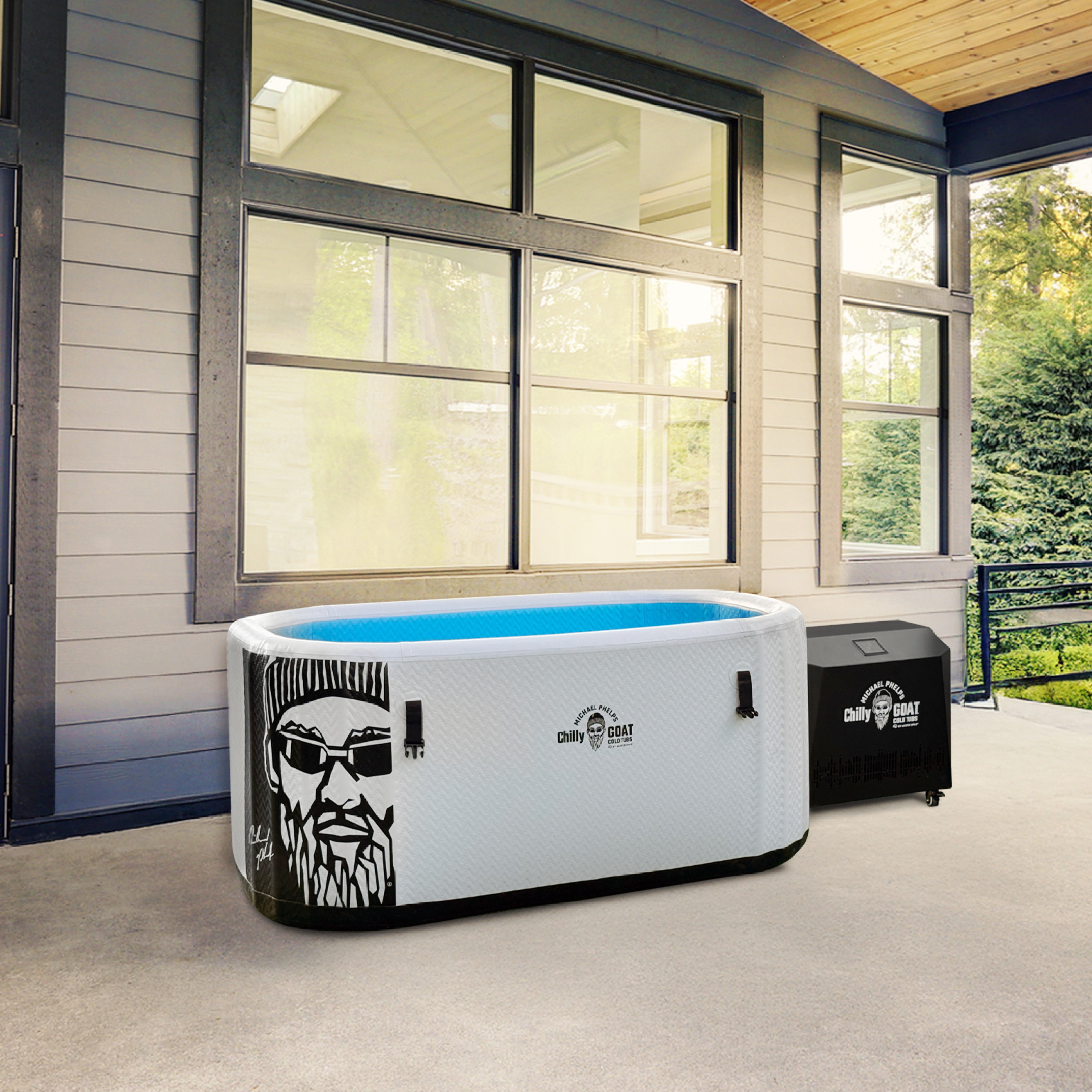
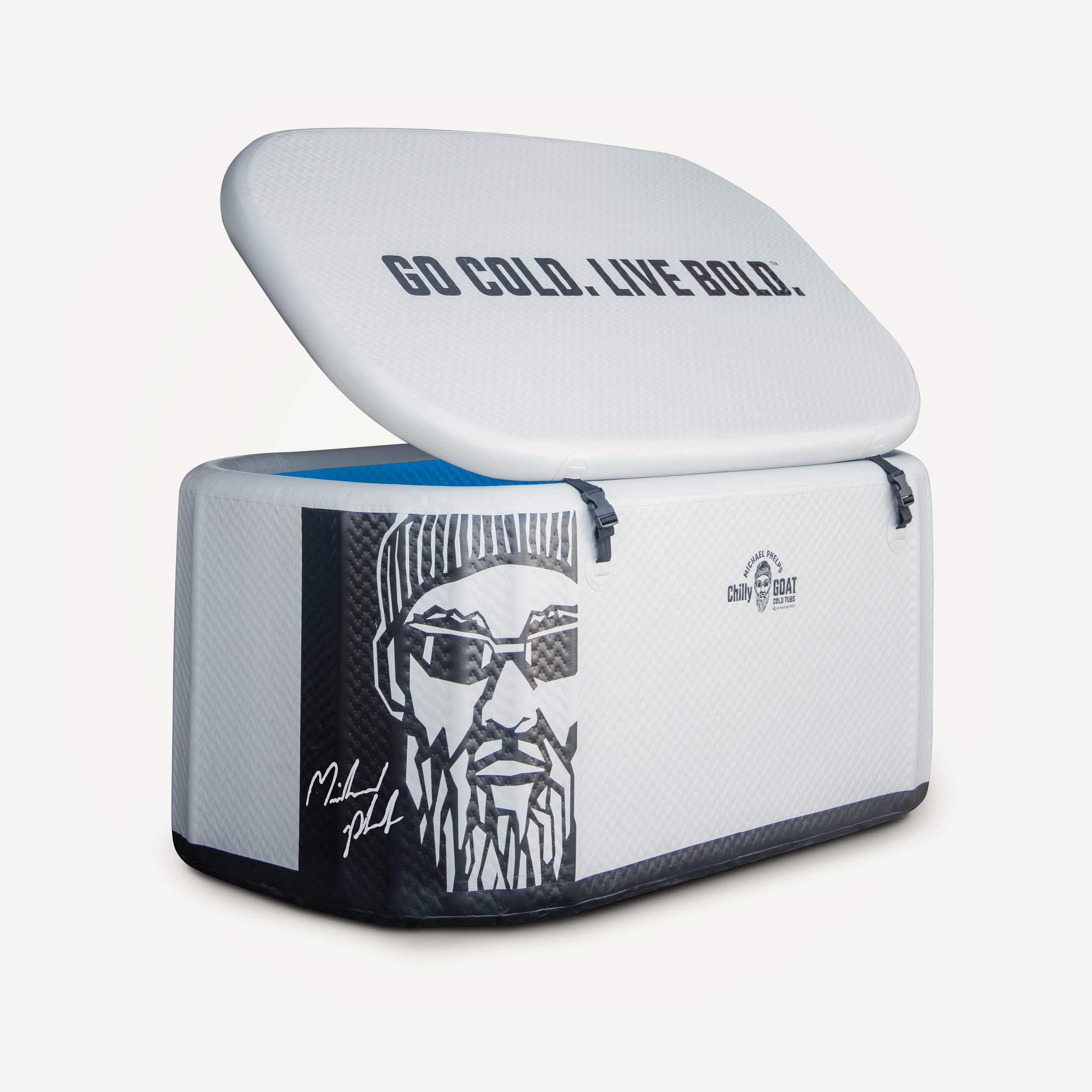

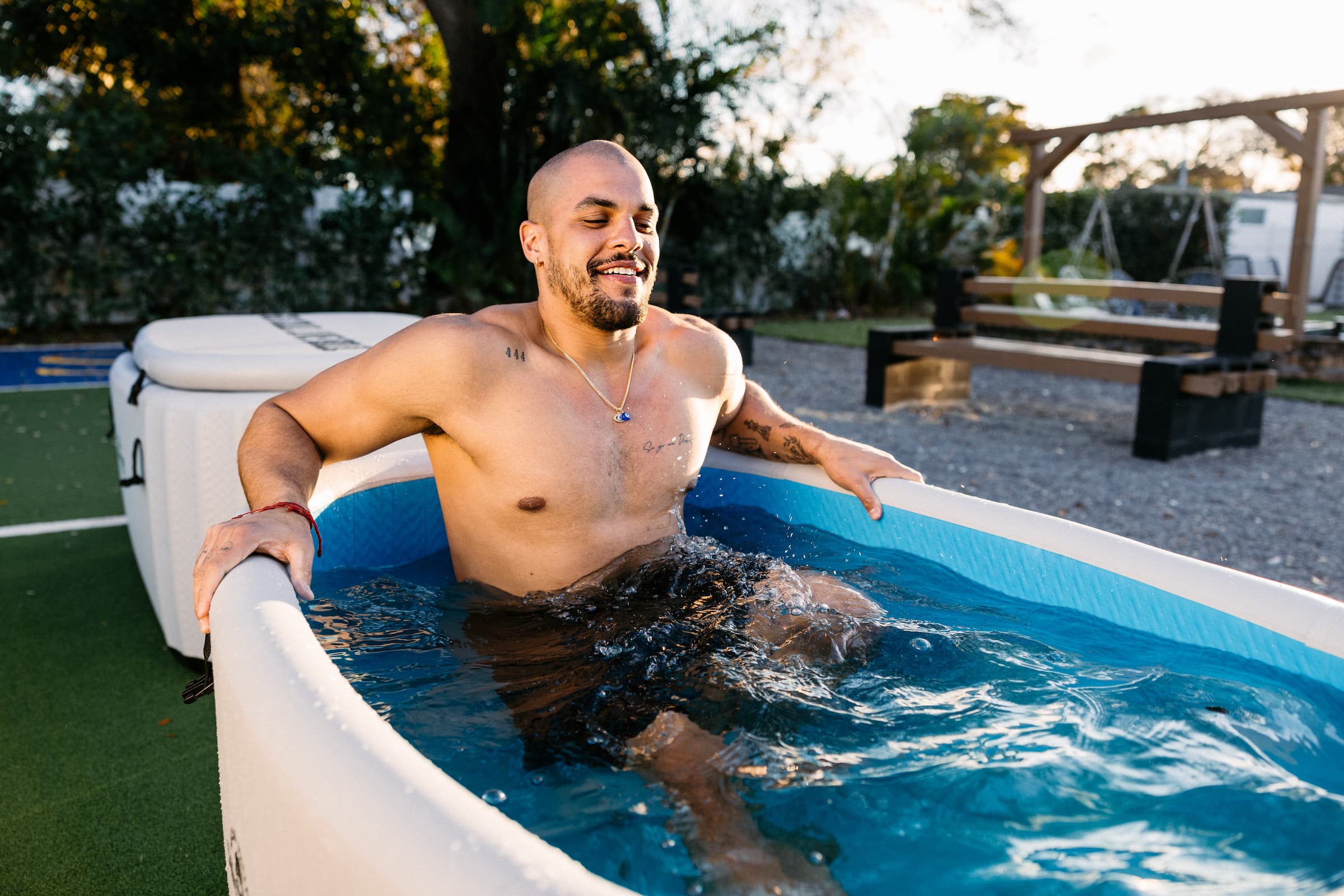
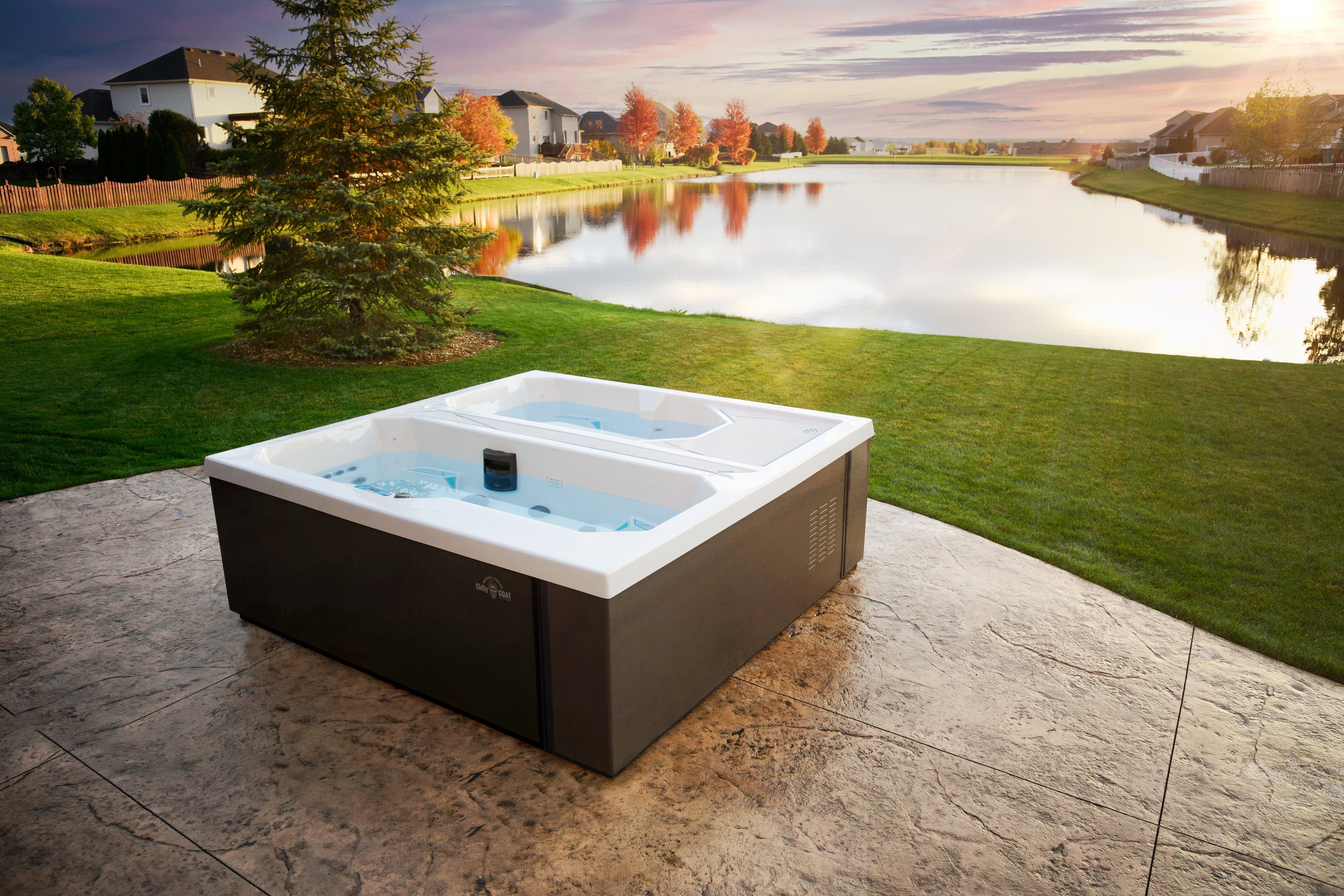
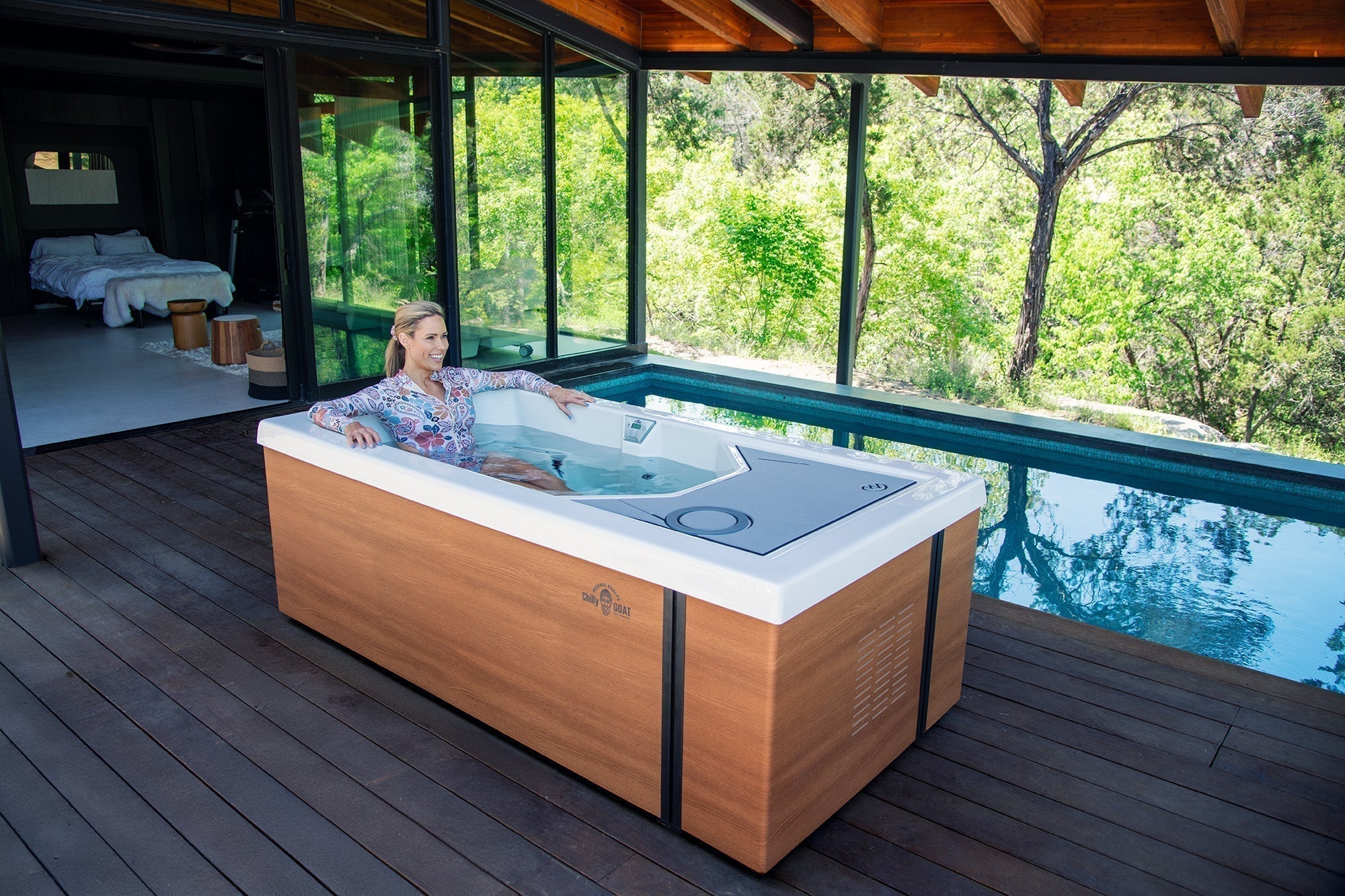
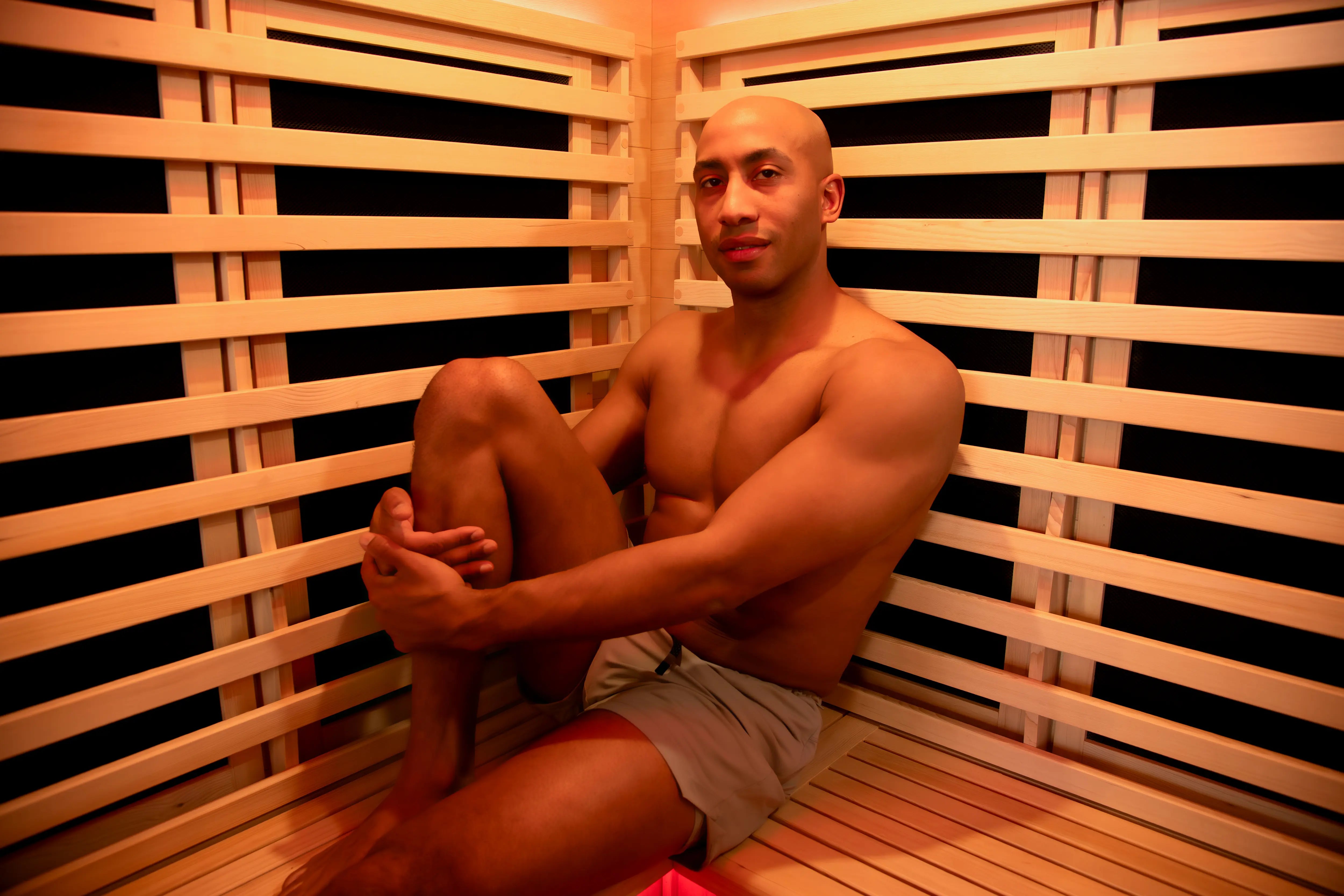
How long should you stay in a cold plunge?
The cold tub upgrade this CrossFit gym needed